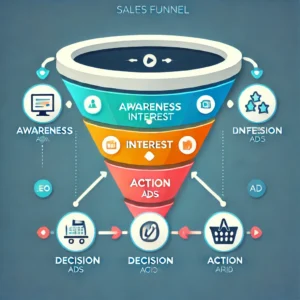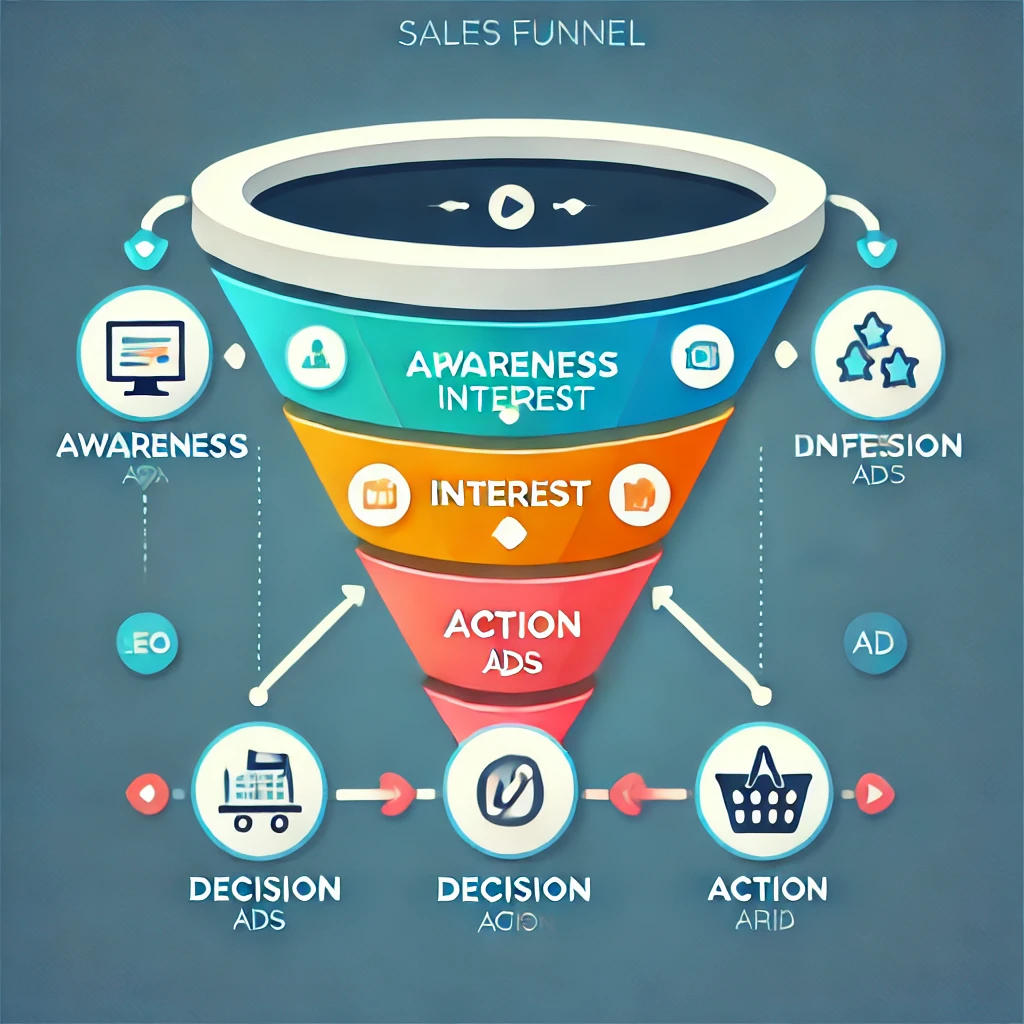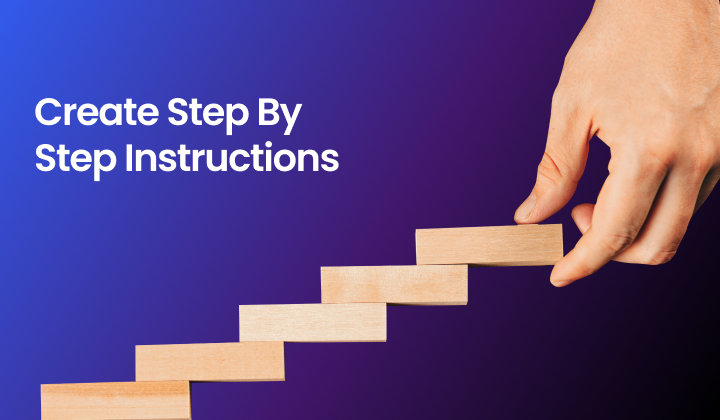What is a Sales Funnel? – A Comprehensive Guide
What is a Sales Funnel?
Have you ever wondered how businesses turn potential customers into loyal buyers? The answer lies in a well-structured sales funnel. A sales funnel is a step-by-step process that guides prospects through the buying journey, from awareness to purchase.
In this guide, you will learn what a sales funnel is, why it matters, and how you can create one for your business. Whether you’re a marketer, business owner, or entrepreneur, understanding the sales funnel can significantly boost your conversion rates and revenue.
Definition of Sales Funnel
A sales funnel is a marketing model that illustrates the path potential customers take before making a purchase. It is called a funnel because it starts broad at the top with many leads and narrows down as only a fraction of those leads become paying customers.

The Four Main Stages of a Sales Funnel
- Awareness – The prospect learns about your brand or product.
- Interest – The prospect engages and shows interest in learning more.
- Decision – The prospect considers making a purchase.
- Action – The prospect takes the final step and becomes a customer.
Why is a Sales Funnel Important?
A sales funnel is crucial because it helps businesses:
- Understand customer behavior – Knowing how potential buyers interact with your brand allows you to improve marketing strategies.
- Increase conversions – A structured approach helps guide leads toward purchasing.
- Optimize marketing efforts – You can tailor your marketing efforts at each stage of the funnel to improve engagement and ROI.
Real-World Example
Imagine an online clothing store. A customer sees an ad on social media (awareness), clicks on it and browses the website (interest), adds a product to their cart (decision), and finally makes a purchase (action).
Step-by-Step Guide to Creating a Sales Funnel
1. Define Your Target Audience
Identify your ideal customers by considering demographics, interests, and pain points. Knowing your audience ensures your marketing messages resonate with them.
2. Create Awareness
Use various marketing strategies to attract leads, such as:
- Search Engine Optimization (SEO)
- Social media marketing
- Paid ads (Google Ads, Facebook Ads)
- Content marketing (blogs, videos, infographics)
3. Generate Interest
Once potential customers discover your brand, engage them with valuable content such as:
- Email newsletters
- Free resources (eBooks, webinars, case studies)
- Interactive social media posts
4. Encourage Decision-Making
At this stage, prospects are considering making a purchase. Help them decide by providing:
- Customer testimonials and reviews
- Free trials or demos
- Limited-time offers or discounts
5. Facilitate Action
Make the buying process as seamless as possible:
- Use clear CTAs (Call-to-Action) like “Buy Now” or “Start Your Free Trial”
- Offer multiple payment options
- Ensure a simple and user-friendly checkout process
Common Mistakes & Solutions

Mistake 1: Ignoring Lead Nurturing
Solution: Keep engaging with potential customers through email marketing and personalized follow-ups.
Mistake 2: Complicated Purchase Process
Solution: Simplify the checkout process and provide clear navigation on your website.
Mistake 3: Lack of Follow-Up
Solution: Use retargeting ads and post-purchase emails to encourage repeat customers.
Conclusion
A sales funnel is an essential tool for any business looking to convert leads into loyal customers. By understanding the different stages and optimizing each step, you can increase engagement, boost conversions, and grow your business. check out our 5 Best Sales Funnel Software’s: A Guide to Streamlining Your Sales Process
Are you using a sales funnel in your business? Let us know your thoughts in the comments!






